Since the beginning of the year, the Russian Navy has conducted major exercises in remote locations around the world , demonstrating its capabilities even as the country's military suffered heavy losses in the conflict with Ukraine, according to Business Insider on May 12.
The exercises in the Indian and Pacific Oceans show that the Russian military is not deteriorating and the Kremlin is not isolated as Kyiv and its supporters in Ukraine would like.
However, experts say the forces deployed to send the message will have no advantage over others, as Russia begins to rebuild the army it sent into battle and suffered heavy losses in Ukraine, according to Business Insider .
Sending hypersonic missile carriers to conduct exercises
Russian officials said in January that the Admiral Gorshkov guided missile frigate and a tanker would take part in exercises hosted by South Africa in February. The Admiral Gorshkov is armed with Zircon hypersonic missiles, which Moscow has touted as “invincible.” The missiles were tested as the ship sailed across the Atlantic Ocean, practicing striking “targets simulating enemy warships,” according to the Russian Defense Ministry .
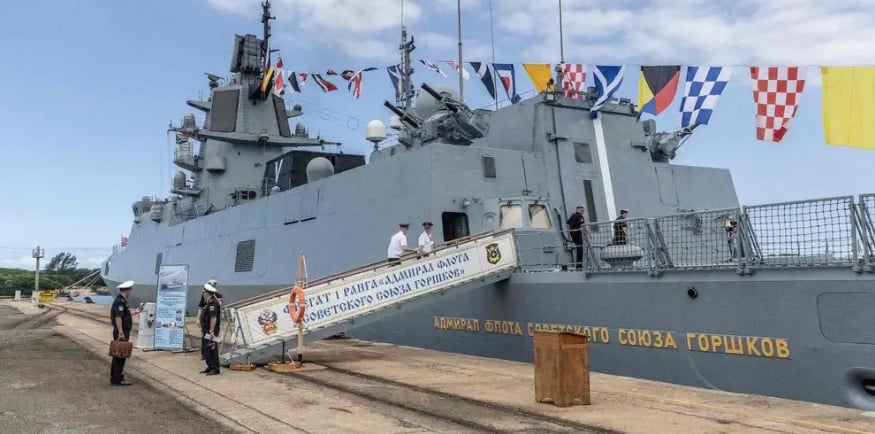
Russian Navy frigate Admiral Gorshkov in Richards Bay, South Africa on February 22.
During the exercise, called Mosi II and taking place from February 17 to 28, the Russian ships trained with South African and Chinese warships. The Russian ships then headed east to join exercises with Chinese and Iranian ships in mid-March, and made a port visit to Saudi Arabia in early April before heading to the Russian base in the Syrian city of Tartus. It was the first time a Russian warship had visited a port in Saudi Arabia, according to Business Insider .
While China and Iran are two of Russia's biggest backers, South Africa has declared itself neutral on the war in Ukraine and maintains good relations with Washington and Moscow. South Africa has downplayed the significance of the exercise, with its foreign minister calling it an "exercise with friends."
However, South African and US opposition politicians have criticized the South African government for allowing Russia to flex its military muscle during the one-year anniversary of Russia's military campaign in Ukraine (February 24, 2022-February 24, 2023). "Right now, what I'm really concerned about is Mosi II," General Michael Langley, commander of US Africa Command, told US lawmakers in March, calling the exercise "a messaging campaign" by Russia and China.
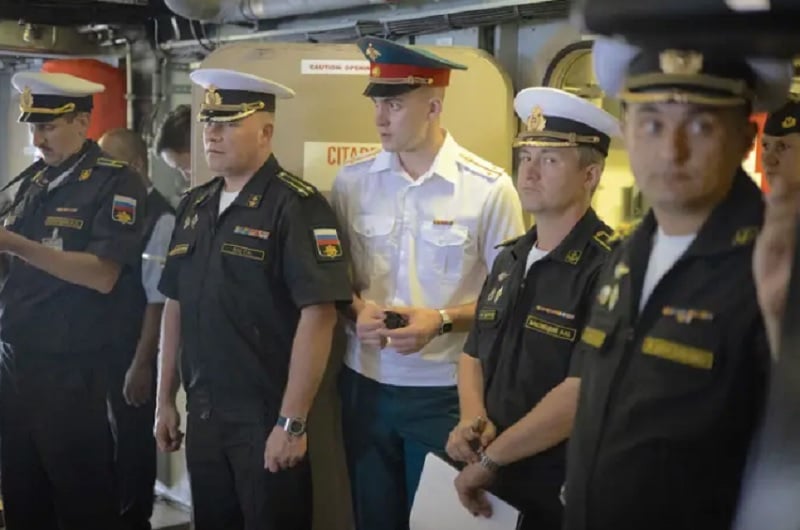
Russian sailors at a press conference in Richards Bay, South Africa on February 22.
Mark Galeotti, an expert on Russian military affairs, said the exercise was a political statement for Russia, describing it as "part of [Russian President Vladimir] Putin's continued campaign to try to win over" other countries and show that he was trying to counter "the evil West and American hegemony."
After the Admiral Gorshkov arrived in Syria in mid-April, Russia announced a surprise exercise to test the Pacific Fleet's readiness and "the ability to repel a naval attack." The week-long exercise involved 25,000 servicemen, 167 naval vessels, including 12 submarines, and 89 aircraft, according to Russian Defense Minister Sergei Shoigu. At the time, the Russian military blockaded part of the Sea of Okhotsk and the waters between the Korean Peninsula and Japan to practice launching torpedoes, missiles, and artillery.
The Russian military has also conducted drills in other regions since launching its military campaign in Ukraine, but the Pacific Fleet exercise is notable for its scale and location.
Russia has used its activities in the Pacific, including joint patrols with China as well as bomber flights and naval exercises near Alaska, to send messages to the United States and its allies.
The "weakest arm" of the Russian army
While the Russian Navy has so far come out relatively unscathed in the war in Ukraine, with the only major loss being the Black Sea Fleet's flagship Moskva, Galeotti told Business Insider that the Russian Navy has always been the "weakest arm" of the Russian military.
“The Russian Navy itself really can’t do much other than act as a spoiler. We can’t ignore the fact that the Russian Navy can still deploy its forces, but other than deploying its forces for the purpose of demonstrating that they are capable, there’s not much they can do,” Galeotti said.
Those Russian Navy capabilities could be further eroded as Moscow reassesses its defense priorities to deal with the new geopolitical environment and the need to rebuild its remaining forces, according to Business Insider .
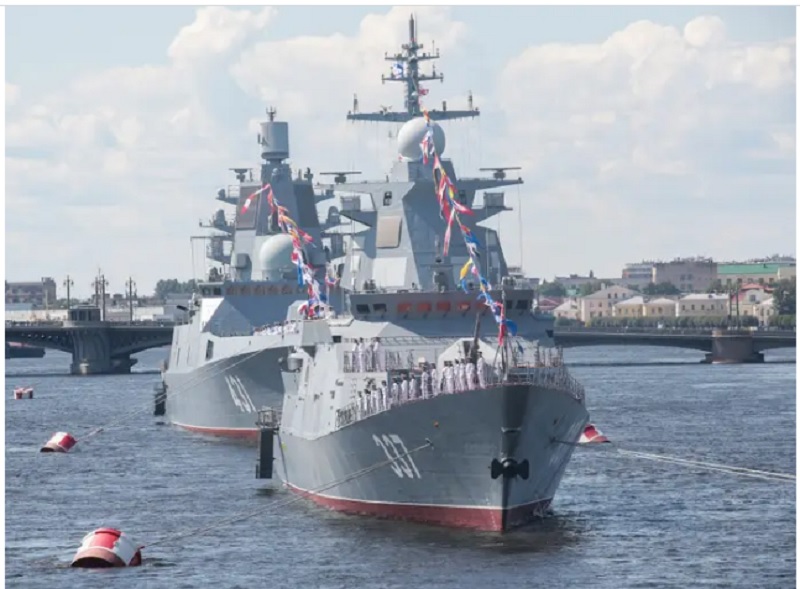
Russian frigate Gremyashchiy (front) and frigate Admiral Kasatonov in St Petersburg (Russia) in July 2019
Business Insider screenshot
Russia’s navy received a major investment in the 2000s, as President Putin rebuilt the military after a decade of post-Soviet decline. Particular attention has been paid to its undersea forces, with the development of new, better-armed submarines that have worried NATO commanders.
Moscow has also focused on building smaller, more capable surface combatants, such as the Admiral Gorshkov-class. While it still struggles with larger ships, the Russian Navy now has dozens of corvettes and frigates armed with effective long-range weapons.
Will the Russian Navy face many challenges?
While Russia’s submarine force is likely to continue to receive attention and resources, the country’s other ambitions are expected to suffer. Plans to modernize Russia’s navy and air force, which were expected to use new technology, are “now completely unachievable,” Galeotti said.
Shipbuilding and repairs cannot be postponed indefinitely without risking long-term damage to Russia's fleet and shipbuilding industry, meaning Russian leaders will have to find a way to balance the needs, said Dara Massicot, an expert on the Russian military at the Rand Corporation think tank.
“If they’re trying to allocate with real challenges to the money they have, I think they’re probably going to divert resources into rebuilding the army and missiles, which might de-prioritize the development of a multi-mission navy,” Massicot said at an event hosted by Georgetown University last month.
Putin is optimistic but the Russian navy still lags behind
In addition, Mr. Galeotti said that it could take Russia a decade to rebuild its military to its pre-war size in Ukraine, if it can find the funding and access to the materials needed for new weapons.
How Moscow uses its remaining resources will be closely scrutinized by the US military, which has become increasingly concerned as Russia has deployed more advanced warships over the past decade. Rear Adm. Michael Studeman, director of the US Office of Naval Intelligence, said the Russian Navy “could face a lot of challenges” in the long term, according to Business Insider .
There is currently no information about Russia's reaction to the above comments.
Source link




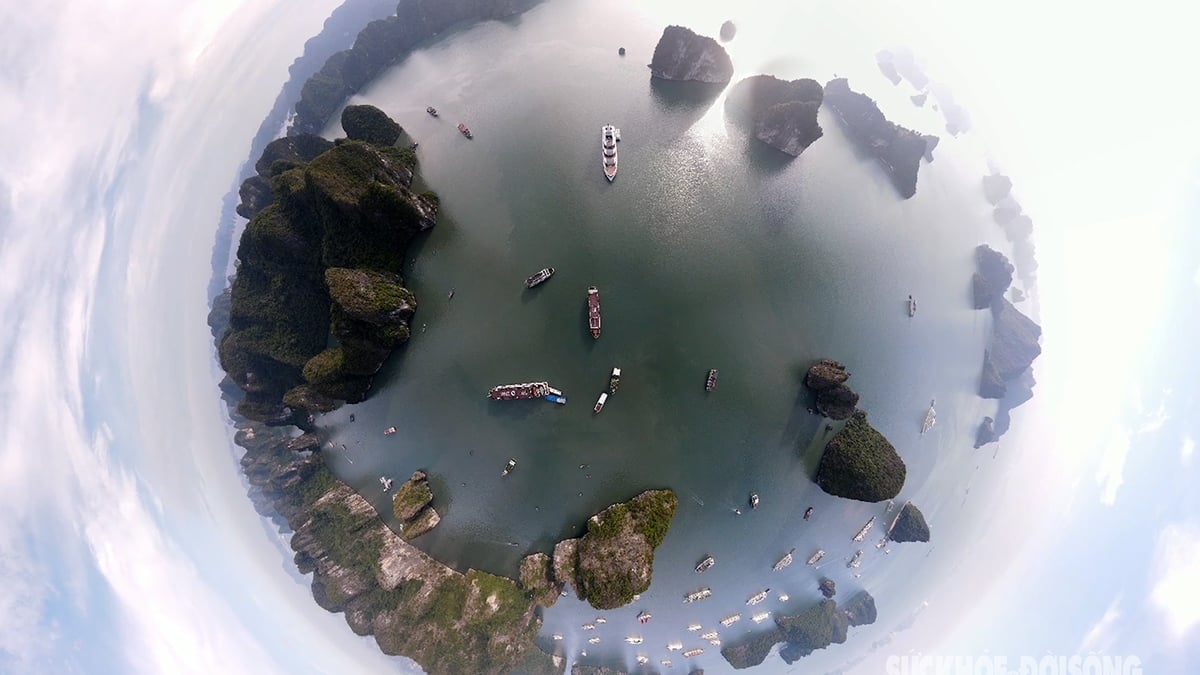


![[Photo] Prime Minister Pham Minh Chinh chairs a meeting on the implementation of the Lao Cai-Hanoi-Hai Phong railway project.](https://vphoto.vietnam.vn/thumb/1200x675/vietnam/resource/IMAGE/2025/5/20/0fa4c9864f63456ebc0eb504c09c7e26)



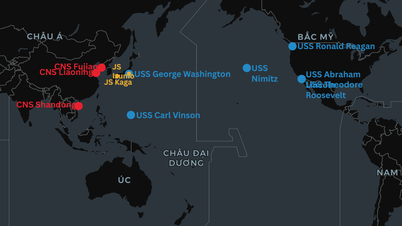








































































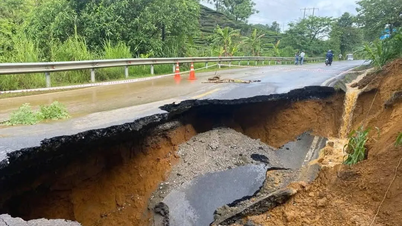


















Comment (0)